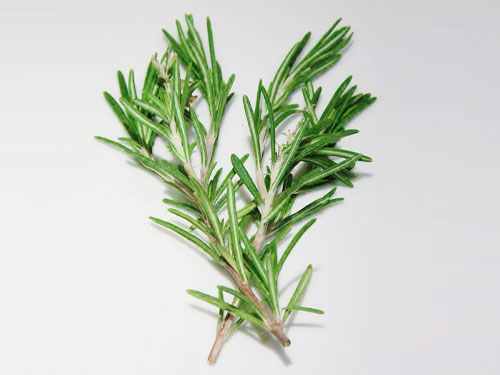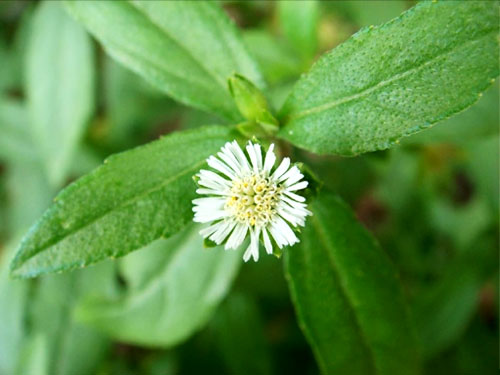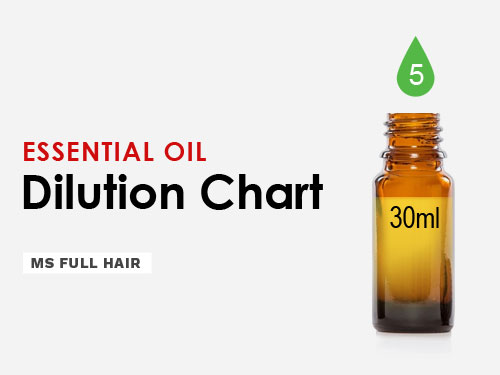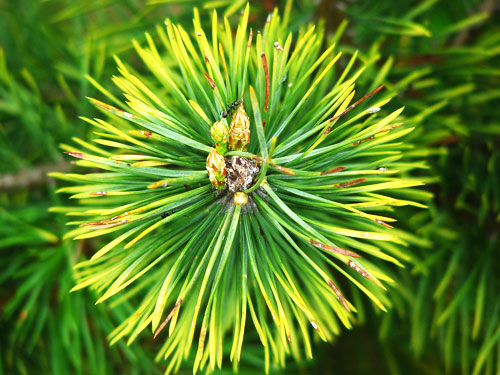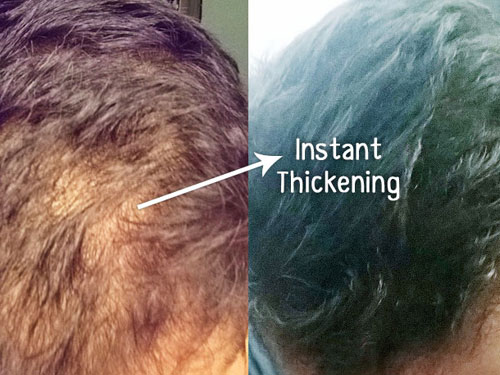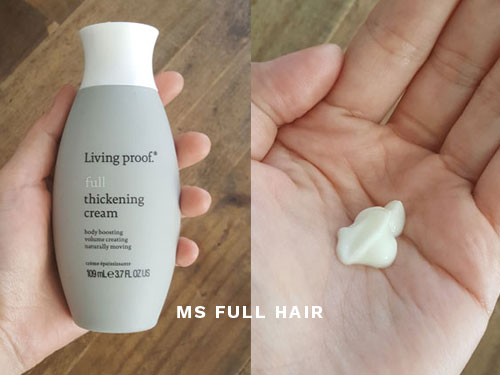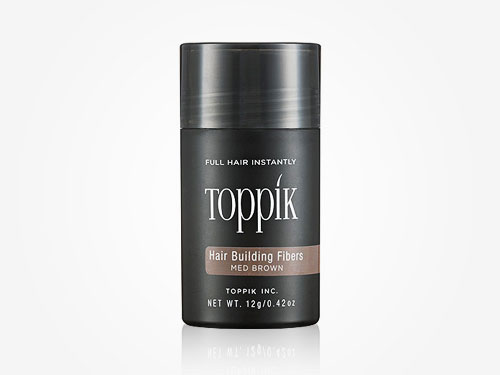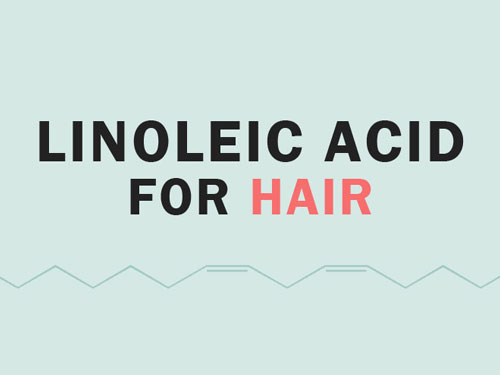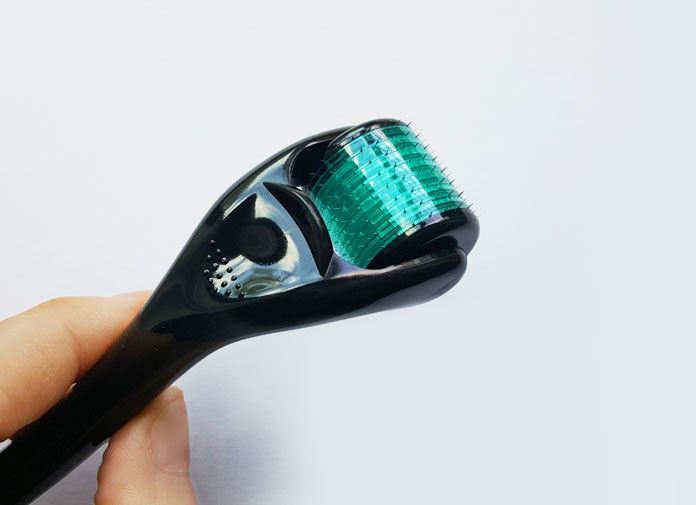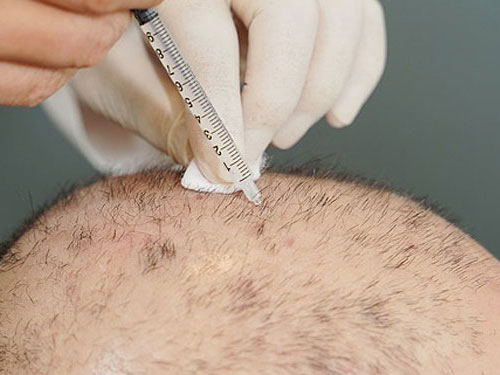Is linoleic acid good for hair? In this article, we will go over the benefits of using linoleic acid for hair growth.
You will also find a full list of oils high in linoleic acid and the top 3 carrier oils for stopping hair loss and promoting hair growth.
First and foremost, let’s go over some basics to find out what linoleic is all about!
What is linoleic acid (LA)?
Linoleic acid is a polyunsaturated fatty acid, found in many vegetable and plant oils (such as grapeseed oil and safflower oil).
Linoleic acid is one type of omega 6 fatty acid and is considered essential because a human body cannot produce it on its own. It either has to be ingested or topically applied.
Linoleic acid structure
As the molecular formula goes, this is how Linoleic acid is structured: C18H32O2
The capital letters indicate the type of atom and the numbers after show how many of that particular atom exists in the chain.
So for linoleic acid, it has 18 carbon atoms (C18), 32 hydrogen atoms (H32) and 2 oxygen atoms (O2).
Why is linoleic acid called polyunsaturated ?
Saturated vs unsaturated: First, let’s talk about saturated fats vs unsaturated fats.
What differentiates those two depends on the existence of double bond(s) in the chemical chain. If there’s no double bond, it is called a “saturated” fat. If a double bond exists, then it is an “unsaturated” fat.
In the case of linoleic acid, it DOES have a double-bond, which makes it an unsaturated fat.
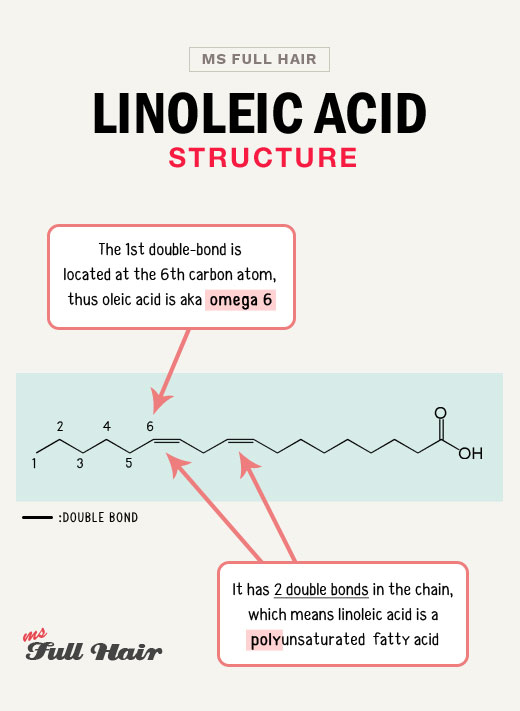
Unsaturated fat can be further divided into a polyunsaturated fat and a monounsaturated fat:
If you look at the chain structure above, linoleic acid actually has 2 double bonds, thus it is called a polyunsaturated fat (an example includes grapeseed oil, which is an ideal carrier oil for promoting hair growth).
If there is only one double-bond like oleic acid, it is called a monounsatured fat (examples: olive oil and avocado oil)
Linoleic acid (unsaturated fat) stays liquid:
Because linoleic acid has two double bonds, it is not fully saturated with Hydrogen atoms in the chain. This means that it doesn’t stay solid at room temperature and remains as liquid.
Takeaway
- Saturated fats: no double bonds (Solid at room temperature)
- Unsaturated fats: 1+ double bonds (Liquid at room temperature)
- Monounsaturated fats: 1 double bond
- Polyunsaturated fats: 2+ double bonds (ex: Linoleic acid)
Linoleic acid vs Linolenic acid
Don’t get confused between linoleic acid and linolenic acid. Both have similar names, yet they are from completely different omega types. Linoleic acid (which we are covering here) is an omega 6 fatty acid. Linolenic acid can be either an alpha linolenic acid (also known as omega 3 fatty acid) or a gamma linolenic acid (a different type of omega 6 fatty acid).
Click here to read more about essential fatty acids for healthy hair growth.
Linoleic acid benefits for hair growth
A lack of linoleic acid = hair loss
A study shows that if you are deficient in polyunsaturated essential fatty acids such as linoleic acid and a-linolenic acid (omega 6 and omega 3), it can result in thinning hair and premature hair graying.
Another study (1) was conducted on a young man who had alopecia as well as scalp dermatitis (scalp inflammation) due to deficiency in essential fatty acids. When the researchers experimented with a topical linoleic acid solution (based in safflower oil), they observed that the hair loss symptom was reversed in 21 days.
Some of the carrier oils high in linoleic acid for topical use includes safflower oil, grapeseed oil, pumpkin seed oil, hemp seed oil, and rosehip oil.
Gamma linolenic acid (GLA) is a DHT blocker
Similar to linoleic acid, gamma linolenic acid is another type of omega 6 fatty acid, which has multiple benefits for healthy hair growth from providing an anti-inflammatory property to preventing dermatitis and dry skin.
One study (2) published in the Journal of Formosan Medical Association shows gamma linolenic acid’s ability to block DHT-related hair loss.
DHT (dihydrotestosterone) is caused by an enzyme called 5 alpha-reductase. This enzyme basically converts regular testosterone into DHT, forcing follicles to miniaturize and fall out eventually.
Oils high in linoleic acid
Here is a list of linoleic acid rich oils (* indicates carrier oils great for topical application to apply onto your scalp and hair):
(Sourced from wiki, news-medical, Esoteric Oils, US National library of medicine)
TOP 3: Oils high in linoleic acid for hair growth
Here are our recommendations on top 3 carrier oils rich in linoleic acid for encouraging hair growth and preventing premature hair loss. Mix it with essential oils to increase the effectiveness (see our hair growth recipes here).
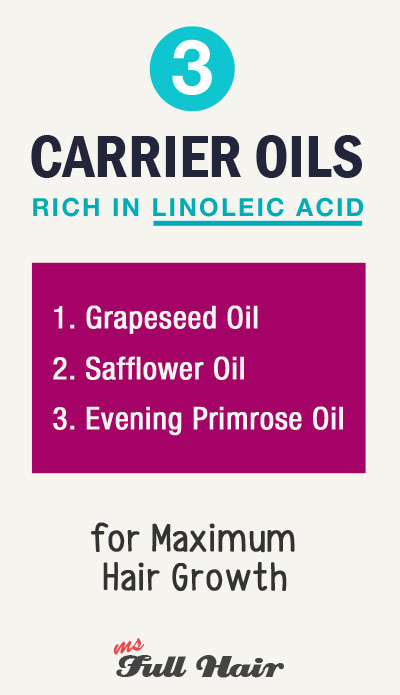
#1 Grapeseed oil
Grapeseed oil contains a whopping 70-73% linoleic acid and 15-16% oleic acid, both of which are widely used in hair and skin care products.
Grapeseed oil makes an excellent carrier oil for hydrating itchy and dried scalp and cleaning clogged pores. One of the most popular hair growth research studies used grapeseed oil as a carrier oil to treat participants with alopecia areata.
Recommendation: Get this cold-pressed oil with USDA organic certification
#2 Safflower oil
Safflower oil has the highest content of linoleic acid (75-80%). While Safflower oil has multiple health benefits from preventing cardiovascular diseases to boosting immune system, this lightweight oil is extremely popular for both hair and skin uses.
Recommendation: This pure safflower oil is also cold-pressed and has hexane free formula.
#3 Evening Primrose oil
Did you know you can also get evening primrose oil for topical use like this one? Evening primrose oil is more popular as a dietary supplement for the purpose of treating hair loss, but using it as hair carrier oil can be just as effective (It has 65-80% of linoleic acid).
Recommendation: Get this 100% pure oil from one of the most reputable brands.


